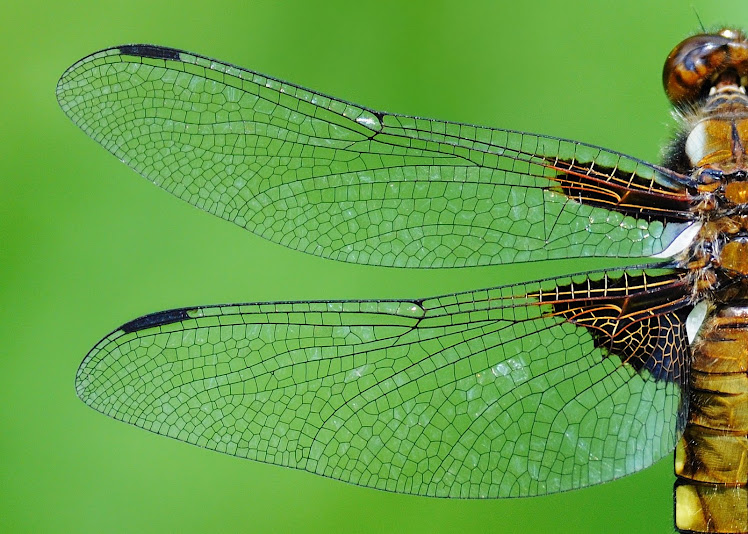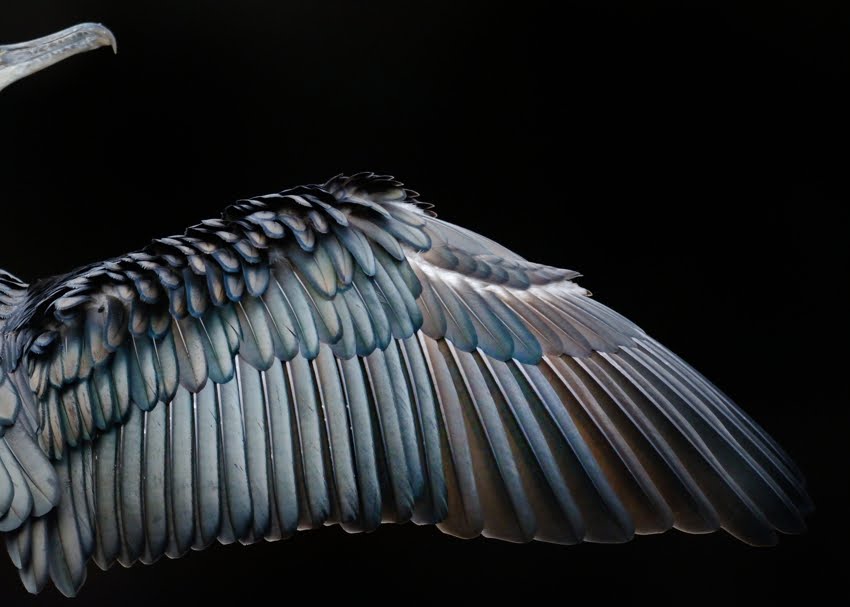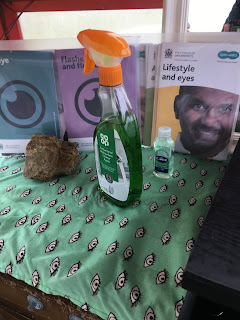For the fourth year running, I made it to Shetland for a week at the end of September. It was always going to be touch and go amidst the Covid lockdowns but it seemed a good time to make the journey with relatively low levels in the country, and especially in Shetland where it was almost non-existent.
This years overnight ferry was the worst I'd known. There was quite a swell once we'd got away from Aberdeen; it didn't seem any worse than usual but for some reason I started to feel ill from an early part of the journey, probably due to tiredness after a previous 48 hours with a long drive to Aberdeen and virtually no sleep. Luckily the bar was closed so I wasn't tempted with a few beers. Somehow I managed not to puke up with the help of some sugared black tea.
Location at 8:04PM:
Luckily the ferry called into Orkney around midnight so there was an hour or so of respite as it docked in the harbour. The final six hours across to Shetland was just as rough but for some reason I didn't feel quite as bad and even managed an hour of sleep whilst sat upright in the bar area.
Lerwick at dawn:
Arriving in Lerwick I parked up and slept for a while just to the south. An otter was hunting along the shoreline in front of the car but I was too exhausted to pay it much attention.
A couple of quiet days spent birding usual locations with nothing too exciting, other than some Shetland regulars like these Twite:
A Shag in Lerwick Harbour:
A nice juvenile Woodchat Shrike was found near Boddam:
Lapland Bunting at Eshaness:
Great Skua and Black Guillemot at Lunna:
Yellow-browed Warbler and Curlew at Lunna:
Fulmars at Sumburgh Head:
Otter in the harbour at Voe:
On day 3 I took the long journey to Unst, the northern most isle which as a round trip involves four ferry journeys from the mainland. A quick stopover at Bobby's Bus Shelter to check out what was happening in there seemed to have a lockdown covid theme:
After a short time at Norwick where it was very quiet, I headed up over the headland to Skaw to look for the Buff-breasted Sandpipers that had been present for a few days. After a long search they were finally located and typically proved very confiding:
The headland location is just adjacent to Britain's most northerly habited house:
On the return journey I picked up a Scaup at the south end of Unst:
Things certainly picked up on day 4. I spent an hour around a garden at Asta looking for an Olive-backed Pipit that had previously been feeding out in the open from the previous afternoon. There was no sign of it, and then a message came up on the group chat that a Tennessee Warbler had been found that morning on Yell. A quick dash back to the car and then a 30 minute speedy drive to the ferry terminal and I was in the queue to get over to the island to the north of the Mainland. Luckily all the vehicles in the queue managed to squeeze onto the first ferry and about 40 cars were soon descending on the small village of Burravoe.
The bird was seen almost immediately as it fed in what would become its favoured tree, a relatively small Sycamore between two houses. Typical Shetland birding really - staring into someones garden!
The bird showed well all day, only occasionally moving to a different tree around 100 meters away, before returning to its favourite spot.
This is only the 5th Tennessee Warbler for Britain, so a major rarity and a great day to be in Shetland.
The next day I returned to the site of the Olive-backed Pipit and after about 2 hours it appeared and showed really well for what is usually an exceptionally elusive bird:
Unfortunately the trip was curtailed by a couple of days due to the weather forecast and having to get back for work, and the last day was disappointing after missing a White's Thrush at Quendale before heading over to the ferry.
The return ferry was incredibly rough, worryingly it started with a warning that there would be a lot of movement as soon as were were out of Lerwick harbour. This was exactly what happened and it was almost impossible to walk around the ferry without getting thrown from one side to the other. In the restaurant the beers on the next table lasted about 2 minutes before flying onto the floor. This time I was fortified with sea-sickness tablets and a bed, and although the journey was the worst I'd ever encountered I made it to the dawn as we arrived in Aberdeen ready for the long drive home.
Thanks for looking!




















































